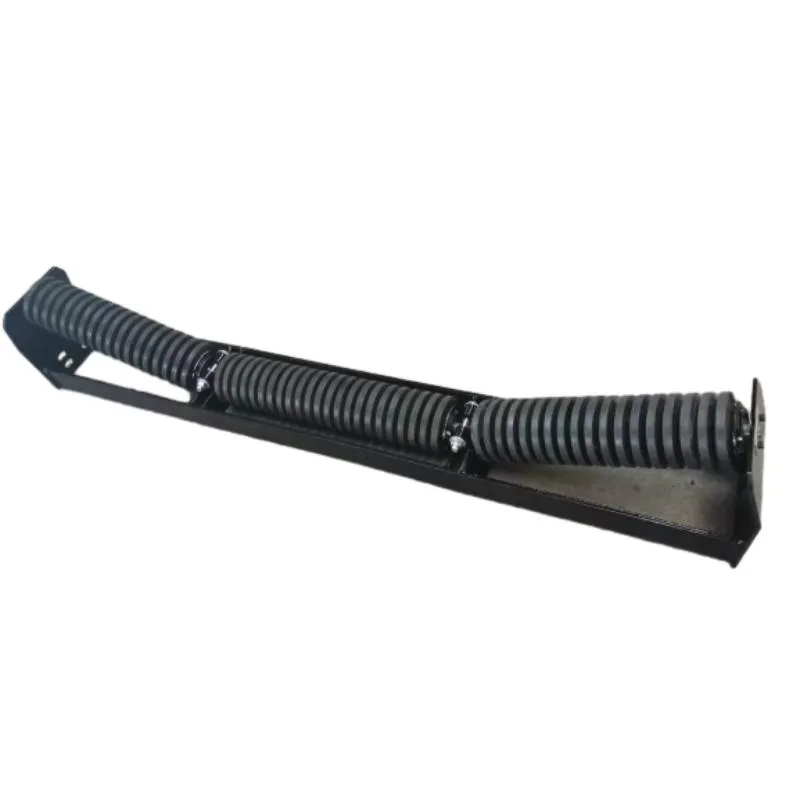 Afrikaans
Afrikaans  Albanian
Albanian  Amharic
Amharic  Arabic
Arabic  Armenian
Armenian  Azerbaijani
Azerbaijani  Basque
Basque  Belarusian
Belarusian  Bengali
Bengali  Bosnian
Bosnian  Bulgarian
Bulgarian  Catalan
Catalan  Cebuano
Cebuano  Corsican
Corsican  Croatian
Croatian  Czech
Czech  Danish
Danish  Dutch
Dutch  English
English  Esperanto
Esperanto  Estonian
Estonian  Finnish
Finnish  French
French  Frisian
Frisian  Galician
Galician  Georgian
Georgian  German
German  Greek
Greek  Gujarati
Gujarati  Haitian Creole
Haitian Creole  hausa
hausa  hawaiian
hawaiian  Hebrew
Hebrew  Hindi
Hindi  Miao
Miao  Hungarian
Hungarian  Icelandic
Icelandic  igbo
igbo  Indonesian
Indonesian  irish
irish  Italian
Italian  Japanese
Japanese  Javanese
Javanese  Kannada
Kannada  kazakh
kazakh  Khmer
Khmer  Rwandese
Rwandese  Korean
Korean  Kurdish
Kurdish  Kyrgyz
Kyrgyz  Lao
Lao  Latin
Latin  Latvian
Latvian  Lithuanian
Lithuanian  Luxembourgish
Luxembourgish  Macedonian
Macedonian  Malgashi
Malgashi  Malay
Malay  Malayalam
Malayalam  Maltese
Maltese  Maori
Maori  Marathi
Marathi  Mongolian
Mongolian  Myanmar
Myanmar  Nepali
Nepali  Norwegian
Norwegian  Norwegian
Norwegian  Occitan
Occitan  Pashto
Pashto  Persian
Persian  Polish
Polish  Portuguese
Portuguese  Punjabi
Punjabi  Romanian
Romanian  Russian
Russian  Samoan
Samoan  Scottish Gaelic
Scottish Gaelic  Serbian
Serbian  Sesotho
Sesotho  Shona
Shona  Sindhi
Sindhi  Sinhala
Sinhala  Slovak
Slovak  Slovenian
Slovenian  Somali
Somali  Spanish
Spanish  Sundanese
Sundanese  Swahili
Swahili  Swedish
Swedish  Tagalog
Tagalog  Tajik
Tajik  Tamil
Tamil  Tatar
Tatar  Telugu
Telugu  Thai
Thai  Turkish
Turkish  Turkmen
Turkmen  Ukrainian
Ukrainian  Urdu
Urdu  Uighur
Uighur  Uzbek
Uzbek  Vietnamese
Vietnamese  Welsh
Welsh  Bantu
Bantu  Yiddish
Yiddish  Yoruba
Yoruba  Zulu
Zulu Conveyor Rollers and Idlers for Efficient Material Handling Solutions
Understanding Conveyor Idler Rollers Essential Components for Efficient Material Handling
Conveyor systems are an integral part of many industries, serving as the backbone for material handling. Within these systems, conveyor idler rollers play a critical role in ensuring smooth operations and enhancing the lifespan of the equipment. This article will delve into the significance of conveyor idler rollers, their design, types, maintenance, and their impact on overall conveyor system efficiency.
What are Conveyor Idler Rollers?
Conveyor idler rollers are cylindrical components that support and guide the conveyor belt as it moves the materials. Positioned at various points along the conveyor line, they are primarily responsible for maintaining the alignment of the belt, reducing friction, and providing stability to the system. The design and configuration of idler rollers are pivotal in determining the conveyor’s efficiency and performance.
Importance of Idler Rollers
1. Support and Stability Idler rollers provide essential support for the conveyor belt. Without them, the belt would sag under the weight of the materials, leading to inefficiencies and potential damage. The correct spacing and alignment of idler rollers ensure that the belt maintains its shape and function.
2. Friction Reduction As materials are transported, friction can significantly impede movement. Idler rollers reduce this friction by allowing the belt to glide smoothly over the rollers, thereby minimizing energy consumption and wear on the system components.
3. Load Distribution Idler rollers help in evenly distributing the weight of the materials being transported. This load balancing is crucial for preventing undue stress on the belt and other associated components, thereby prolonging the life of the conveyor system.
4. Wear and Tear Management Over time, conveyor systems face wear and tear due to constant friction and heavy loads. Idler rollers are designed to withstand these conditions, thus reducing maintenance frequency and associated costs.
Types of Conveyor Idler Rollers
Idler rollers vary in type and design, depending on their specific applications. Here are some common types
1. Flat Rollers These are the most common type of idler roller, used for transporting materials on a flat conveyor belt. They typically serve in various industrial applications.
conveyor idler rollers

2. Trough Rollers These rollers are designed to create a V-shaped trough that helps contain bulk materials, preventing spillage and enhancing load stability.
3. Impact Rollers Positioned at the loading zone, impact rollers absorb the shock of the falling materials, protecting the belt from damage and prolonging the system’s lifespan.
4. Return Rollers Located on the return side of the conveyor belt, these rollers facilitate the belt's return journey, ensuring it moves smoothly back to the loading end.
Maintenance of Idler Rollers
Regular maintenance of conveyor idler rollers is essential to ensure optimal performance and longevity. Here are some maintenance tips
1. Inspection Conduct routine inspections for signs of wear, damage, or misalignment. Regular checks can prevent bigger issues down the line.
2. Cleaning Keep rollers clean of debris and buildup that might interfere with their operation. Dirt and grime can accelerate wear and impede smooth movement.
3. Lubrication Lubricate moving parts to minimize friction and wear. Proper lubrication schedules should be adhered to as per manufacturer recommendations.
4. Replacement Timely replacement of worn-out or damaged rollers can prevent disruptions in operations and reduce the risk of breakdowns.
Conclusion
Conveyor idler rollers are indispensable components in conveyor systems that significantly influence overall efficiency and productivity. Understanding their functions, types, and maintenance requirements can help businesses optimize their material handling processes. By investing in quality idler rollers and adhering to proper maintenance practices, industries can ensure seamless operations and minimize downtime, ultimately contributing to better performance and higher profitability. As technology advances, the future of conveyor idler rollers will likely include innovations designed to enhance efficiency further, reduce environmental impacts, and improve overall system reliability.
-
Revolutionizing Conveyor Reliability with Advanced Rubber Lagging PulleysNewsJul.22,2025
-
Powering Precision and Durability with Expert Manufacturers of Conveyor ComponentsNewsJul.22,2025
-
Optimizing Conveyor Systems with Advanced Conveyor AccessoriesNewsJul.22,2025
-
Maximize Conveyor Efficiency with Quality Conveyor Idler PulleysNewsJul.22,2025
-
Future-Proof Your Conveyor System with High-Performance Polyurethane RollerNewsJul.22,2025
-
Driving Efficiency Forward with Quality Idlers and RollersNewsJul.22,2025





























